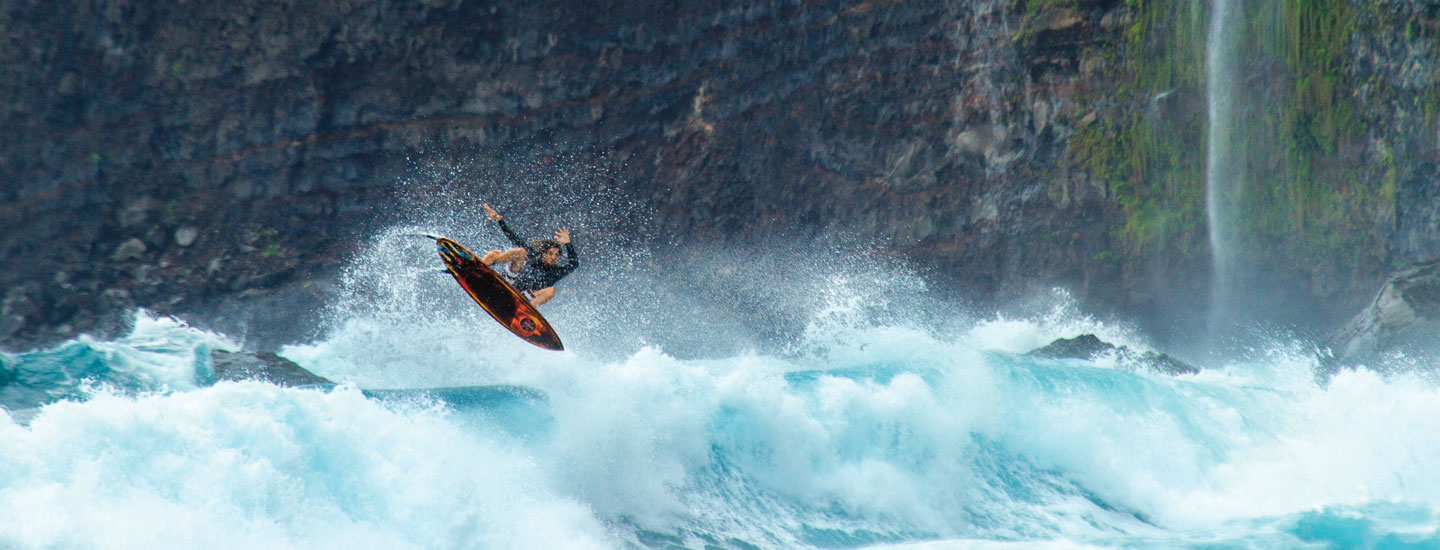Joel Schumacher
Kapono, a professional surfer and a scientist, is investigating the tiny organisms that live on surfers’ bodies.
Cliff Kapono thought he might be in trouble when his science professor called him into his office. Kapono was a new student at the University of California, San Diego. “I see you’ve been doing a lot of surfing,” the professor said. “I surf every day,” Kapono admitted nervously. He thought his professor would be upset.
To Kapono’s surprise, the professor replied, “That’s awesome!” The teacher suggested that Kapono come up with a science project that involved surfing. “It was the first time I realized that I didn’t have to separate these two loves,” says Kapono, a Native Hawaiian, who grew up riding the waves.
The project Kapono settled on was right under his nose—and all over his body! He decided to study microbes. These tiny organisms are too small to see with the naked eye. But they live everywhere: the ocean, your kitchen sink, even inside your body.
Different microbes thrive in different environments. Kapono wondered if surfers had different microbes living on them than the average person. Searching for the answer would take him all over the world.
Cliff Kapono’s science professor called him into his office. Kapono thought he might be in trouble. He was a new student at the University of California, San Diego. “I see you’ve been doing a lot of surfing,” the professor said. “I surf every day,” Kapono said nervously. He thought his professor would be upset.
The professor replied, “That’s awesome!” Kapono was surprised. The teacher told Kapono he should come up with a science project related to surfing. “It was the first time I realized that I didn’t have to separate these two loves,” says Kapono. He’s a Native Hawaiian. He grew up riding the waves.
The project Kapono picked was right under his nose. Actually, it was all over his body! He chose to study microbes. They’re tiny creatures. They’re too small to see with the naked eye. But they live everywhere. That includes the ocean, your kitchen sink, and even your body.
Different microbes thrive in different places. Kapono wondered if the microbes on surfers were different than the microbes on other people. Searching for the answer would take him all over the world.

